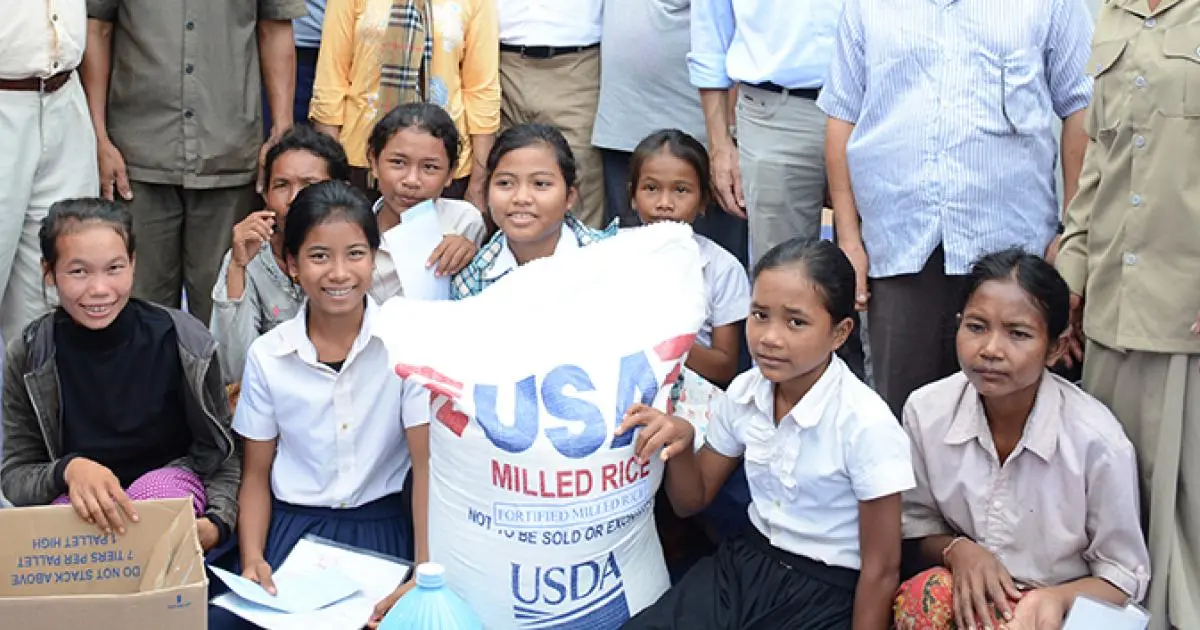Trade is vital to U.S. farm and ranch families. The U.S. exports roughly one fifth of the value of its agricultural production each year. The U.S. has typically run a positive trade balance in agriculture, although more recently the U.S. has experienced a trade deficit on agriculture in the absence of Trade Promotion Authority or the negotiation of new trade agreements that could achieve meaningful market access to foreign markets. The current lack of a meaningful trade agenda for agriculture in the United States has enabled countries such as China to continue to employ high subsidies, tariffs, and other trade barriers to gain advantage in the global market. For example, in a single year, the World Trade Organization found that China had over-subsidized just three crops by $100 billion.
Click to enlarge
While primary jurisdiction of trade matters lies with other Committees of Congress, including the Ways and Means Committee in the House and the Finance Committee in the Senate, there are very important trade policies within the purview of the Agriculture Committees, including international food aid programs and trade promotion tools. Trade promotion tools are increasingly important given the current U.S. trade agenda, and they provide a strong return on investment – every $1 billion in U.S. agricultural exports creates 7,550 jobs. International food aid programs that provide in-kind U.S. agriculture foodstuff are also vitally important to people around the world in need.
Trade Title policies include, among others, Food for Peace, the Market Access Program (MAP), the Foreign Market Development Program (FMD), Food for Progress, the Bill Emerson Humanitarian Trust, McGovern-Dole, the Emerging Markets Program, and Technical Assistance for Specialty Crops. While some funds for these programs come from mandatory accounts (about $250 million per year for MAP and FMD), the bulk comes from annual appropriations.

“Food assistance programs not only benefit the recipients, but also U.S. economic and national security interests… By furthering stability in fragile countries and sparking hope in countless people who are struggling to survive, U.S. strategic interests are protected and expanded. Ultimately, these kinds of foreign assistance programs help create a firm foundation for vulnerable communities to grow and prosper, which is why many former food aid recipient countries are now among the most important U.S. trading partners. The use of American grown commodities as food aid has been a cornerstone of U.S. foreign assistance programs for decades and U.S. food aid has continually evolved and adapted to meet changing needs… Food aid is a tangible source of hope to those in need, and American stakeholders take great pride in their support for the world’s most vulnerable people through these programs.” – Commodity group letter urging investment in international food assistance, March 2023

